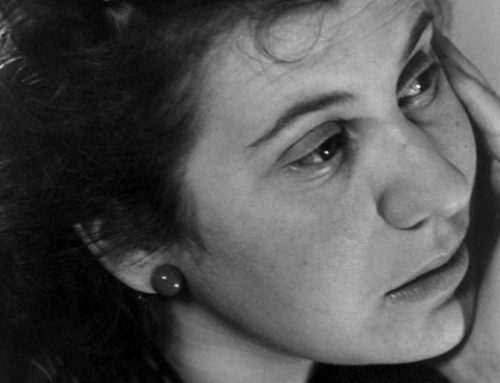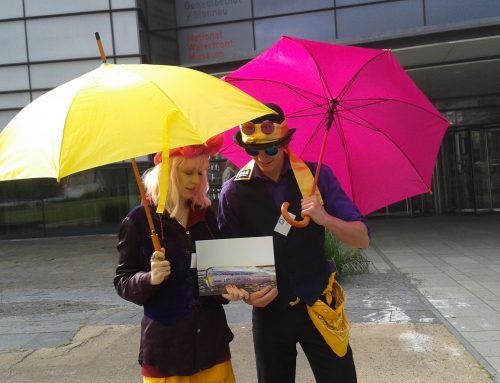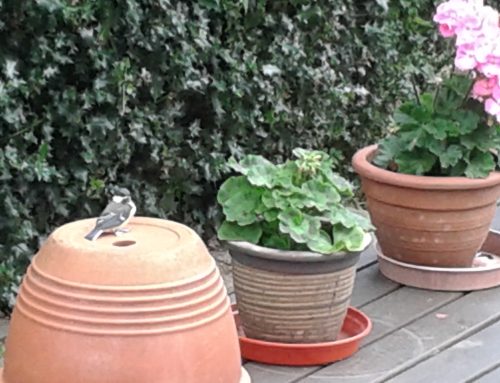
Here’s a famous poem by Anne Sexton. Her Kind explores with the hinterland between sanity and madness with a specifically female take. – and it’s a popular one for bloggers. Of course, every history is different and in some ways the poem is dated, but I’m guessing, yes, most women can say we, too, have been her kind.
Last night I went to a masterful talk at the Freud Museum – although the huge take-up meant we decamped to the Anna Freud Centre just up the road.
John Launer has written the first biography of Sabina Speilrein to take her work seriously as well as the better-known events of her life. These were dramatised –misleadingly – first in Christopher Hampton’s play and then David Cronenberg’s film of A Dangerous Method.
The talk was wide-ranging but here are just a couple of things that struck me, especially vis a vis poetry therapy.
Sabina was admitted to the Burgholzli psychiatric hospital in Zurich with hysteria but a day later, she was already calmer and two months later was admitted to medical school. Her hysteria made perfect sense, triggered by the loss of her younger sister to typhoid, and coming as she did from a family where she endured physical and probably sexual abuse from her parents and brothers. It was her passport out of a toxic environment. As I’ve blogged before, illness is meaningful and the emphasis on treating symptoms misses the point. There’s also something powerful here about trusting the individual – it’s unimaginable today that a brilliant young woman could go from a psychiatric ward to medical school. The standardisation of procedures creates safety at the expense of originality.
Her practice and theorising were way ahead of their time and reasons, possibly, for the ignoring of a brilliant mind, include not just her gender, but the way she blurred boundaries between disciplines, tackling child psychology from the point of view of lived experience, her own, and as a parent. That’s a characteristic of poetry therapy too – blurring disciplines and looking at varied kinds of evidence.
She also had no interest in factions and feuds. Freud and Jung in their letters to her and about her, come out poorly – they are defensive, they lie and are insulting. She, however, remains friendly with Freud to the end of her life as she does with her brothers and father.
I was struck at the talk by the jokes about different therapeutic traditions (in many ways, psychotherapy behaves like a religion with its cults and dogma). Several times there were comments about how amazing it was that certain people were able to be in the same room. In poetry therapy, and Lapidus, one of the most heartening things is the way so many traditions, theoretical stances and perspectives can meet through image and story.
Her work is currently scattered but apparently, new translations and a collected writings are in progress so she will come out of the shadows. Much more food for thought but I’m determined to keep within my word limit …









